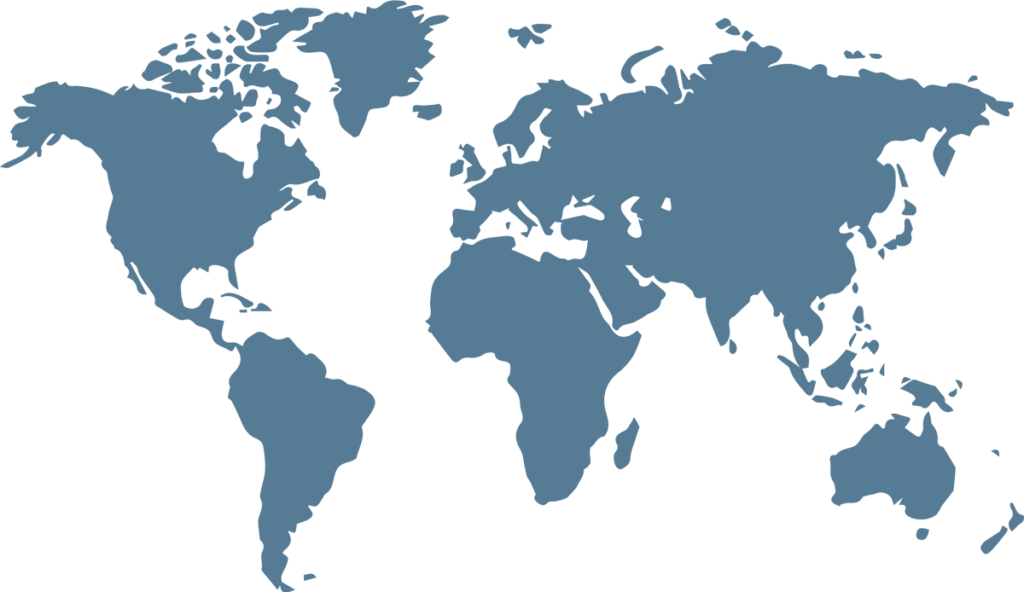By MURPHY BROWNE (Abena Agbetu)
“The Jamaican Maroons left a lasting legacy with their dignity, strength, resiliency and resistance to oppression and still hold a prominent place within the collective memory of African Nova Scotians. Recognizing the national historic significance of the Jamaican Maroons in Nova Scotia helps to memorialize their unique history and contributes to the greater story of Canada.”
Excerpt from remarks made by the Honourable Steven Guilbeault, Minister of Environment and Climate Change and Minister Responsible for Parks Canada on February 22, 2023.
The minister announced the designation of the Jamaican Maroons in Nova Scotia as an event of national historic significance under Parks Canada’s National Program of Historical Commemoration.
On July 21 and 22, 1796, 227 years ago, three ships docked at the Halifax Harbour in Nova Scotia carrying between 550 and 600 African Jamaican men, women and children. The three ships, the Ann, the Dover and the Mary had sailed from Port Royal Harbour, Jamaica on June 26, 1796, and arrived in Canada almost one month later in July 1796.
The passengers on the three ships had been forced to leave their homes in Jamaica by the colonizing British. They were the descendants of enslaved Africans who had seized their freedom when the British ousted the Spanish from Jamaica in 1655.
This group of freedom fighters whose ancestors had fled slavery when the Spanish were forced to flee Jamaica had been fighting to remain free of enslavement attempts by the British for more than 100 years. They repeatedly defeated the British attempts to capture and re-enslave them.
The group of Africans who arrived in Nova Scotia in July 1796 were the Jamaican Maroons. They were Africans whose ancestors had been enslaved by the Spanish before the British colonized the island. On May 10, 1655, the British invaded the Spanish colonized island and the Spaniards fled leaving behind the Africans they had enslaved, who seized the opportunity to head for the mountains and freedom.
The Africans who escaped from slavery established free communities in the mountainous interior and waged battles with the British who tried to re-enslave them.
The British, who invaded the island in 1655, also brought Africans they had enslaved to support their extensive development of sugarcane plantations. The enslaved Africans in Jamaica continually resisted and some of them escaped from the British to join the Maroon communities established in the mountains.
The armed conflicts between the British and the Africans led to the “First Maroon War” between the warring groups in 1728. The British were unsuccessful in defeating the Maroons because the Africans were fearless, fighting for their freedom and led by military tacticians who knew the lay of the land.
The Africans, using guerrilla warfare in the densely forested area of the Cockpit Country were at a distinct advantage against the heavily armed and unsuitably dressed British. The war ended with signing of treaties between the British and the Maroons which not surprisingly benefitted the British, even though they did not win the war.
In 1795, tensions between the Maroons of Cudjoe’s Town (Trelawny Town) and the British erupted into the Second Maroon War. This second “Maroon War” which began in July 1795, lasted eight months until March, 1796. Although the British with 5,000 troops and militia outnumbered the Maroons, the mountainous and forested area where the war was waged proved ideal for guerilla warfare. The British, however, with more fighting men than the Maroons, also had 100 bloodhounds and their handlers imported from Cuba. This gave the British a distinct advantage in many ways.
The Cudjoe’s Town/Trelawny Town Maroons who were not supported by other Maroon communities in this war, decided to surrender rather than suffer a defeat.
In March 1796 the Maroons agreed to accept open discussions with the British. The British colonial governor in Jamaica had promised leniency if the Maroons surrendered. He reneged and instead captured and deported (to Nova Scotia) the entire Cudjoe’s Town/Trelawny Town Maroon community.
These proud African Jamaican freedom fighters who had managed to evade enslavement were forced to board three ships which sailed from Port Royal Harbour, Jamaica on June 26, 1796, and arrived in Canada almost one month later, on July 21 and 22, 1796.
The Maroons were unhappy with conditions in Canada and, in 1800, the majority left to travel to the British colony of Sierra Leone in West Africa. In 1800 they were back on the continent from where their ancestors had been kidnapped even though Sierra Leone was at that time (in 1800) a British colony. Some descendants of the Jamaican Maroon community remained in Nova Scotia. Some who were taken to Sierra Leone, returned to Jamaica beginning in 1839.
The Jamaican Maroons left an enduring legacy in Nova Scotia even though they were there for only four years. Maroon men worked on the defences of the third Citadel, for which it is believed a part of the fortifications was called ‘Maroon Bastion’ in their honour. They helped erect Government House, were part of a militia unit, cleared woods for roads, and were employed as general labourers.
There were “Maroon” communities in every country where Africans were enslaved by Europeans including Brazil, Suriname and Mexico. In the English-speaking Caribbean, the Jamaican Maroons are the most well known as children were taught about these freedom fighters at home and in school.
ti*****@ho*****.com
Presence of Jamaican Maroons in N.S. recognized by gov’t
189
previous post



